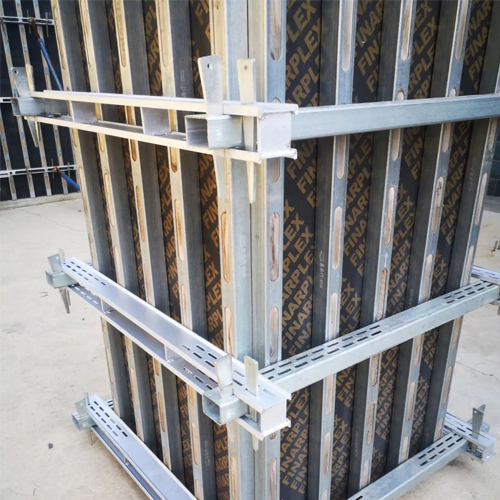
1 月 . 19, 2025 02:54
Back to list
cover reinforcement
Hollow core slabs have become an indispensable component in modern construction, owing to their efficiency, versatility, and cost-effectiveness. Their widespread use in creating floors and roofs for both residential and commercial buildings highlights their enduring functionality. Central to the performance and structural integrity of hollow core slabs is their reinforcement. Understanding and implementing effective reinforcement strategies is crucial for ensuring that these slabs meet the demands of diverse architectural projects and construction regulations.
Moreover, field studies and historical data should inform ongoing improvements in reinforcement techniques for hollow core slabs. Continuous research and collaboration with industry experts provide insights into the performance of these slabs over time, highlighting areas for improvement and innovation. For example, advancements in composite materials and emerging construction methods like 3D printing offer exciting potential to revolutionize how reinforcement is approached, blending traditional methods with cutting-edge technology for superior results. The trustworthiness of any construction project hinges on rigorous testing and quality assurance protocols. Implementing a comprehensive quality control plan that includes regular inspections, stress testing, and adherence to engineering best practices can significantly mitigate the risk of failure in hollow core slab applications. It fosters confidence among stakeholders, from investors to end-users, in the durability and longevity of the structure. In conclusion, hollow core slab reinforcement is a complex but essential aspect of modern construction. Industry professionals must combine experience, expertise, and the latest technology to design and implement reinforcement strategies that meet all safety standards and performance expectations. By prioritizing thorough planning, regulatory knowledge, and innovative solutions, they can ensure these versatile building components continue to serve as reliable and safe systems in structures worldwide.


Moreover, field studies and historical data should inform ongoing improvements in reinforcement techniques for hollow core slabs. Continuous research and collaboration with industry experts provide insights into the performance of these slabs over time, highlighting areas for improvement and innovation. For example, advancements in composite materials and emerging construction methods like 3D printing offer exciting potential to revolutionize how reinforcement is approached, blending traditional methods with cutting-edge technology for superior results. The trustworthiness of any construction project hinges on rigorous testing and quality assurance protocols. Implementing a comprehensive quality control plan that includes regular inspections, stress testing, and adherence to engineering best practices can significantly mitigate the risk of failure in hollow core slab applications. It fosters confidence among stakeholders, from investors to end-users, in the durability and longevity of the structure. In conclusion, hollow core slab reinforcement is a complex but essential aspect of modern construction. Industry professionals must combine experience, expertise, and the latest technology to design and implement reinforcement strategies that meet all safety standards and performance expectations. By prioritizing thorough planning, regulatory knowledge, and innovative solutions, they can ensure these versatile building components continue to serve as reliable and safe systems in structures worldwide.
Share
Next:
Latest news
-
The Essential Role of Timber and Steel in Modern ConstructionNewsMar.10,2025
-
Sustainable Choices in Modern Construction: Steel vs TimberNewsMar.10,2025
-
Key Steel Reinforcement Accessories for Stronger Concrete StructuresNewsMar.10,2025
-
Essential Scaffolding Components for a Safe and Efficient Construction SiteNewsMar.10,2025
-
Comprehensive Guide to Scaffolding ComponentsNewsMar.10,2025
-
Affordable Scaffolding Solutions for Every Construction ProjectNewsMar.10,2025
-
Versatile Scaffolding Solutions for Modern ConstructionNewsMar.03,2025
Related Products










